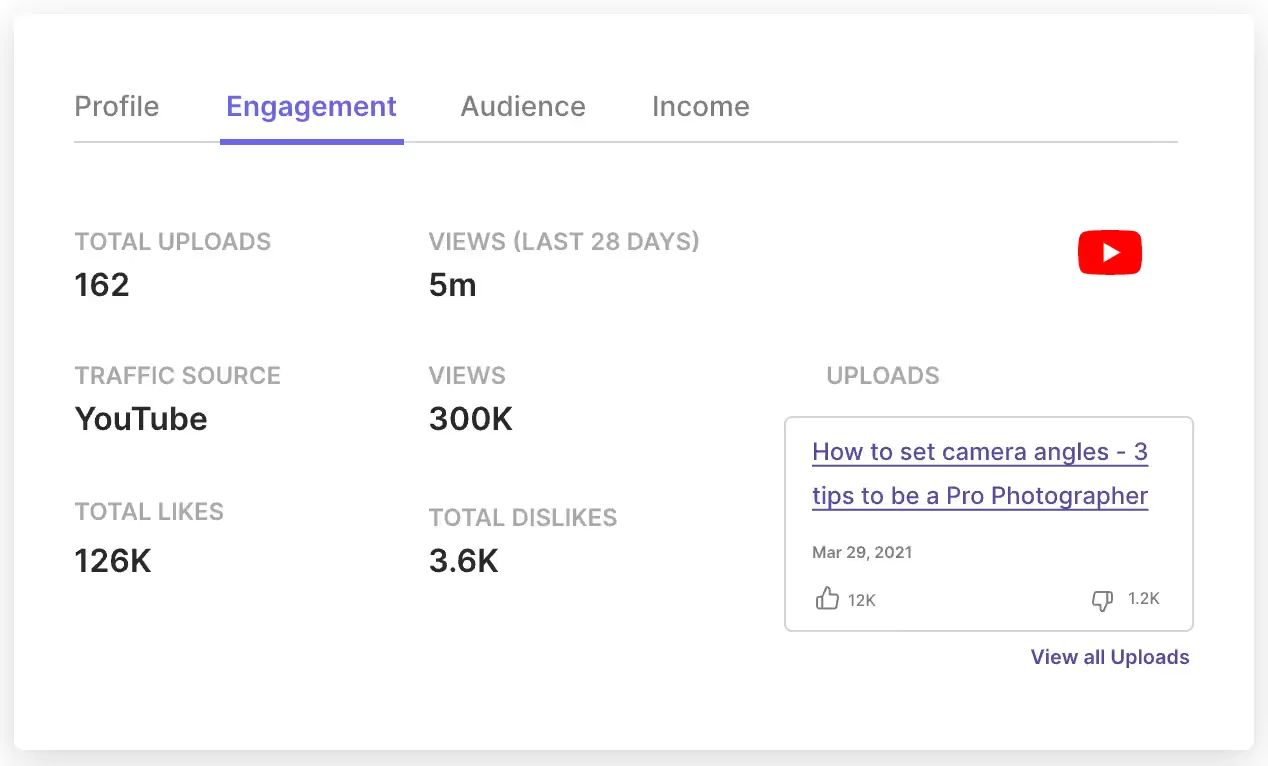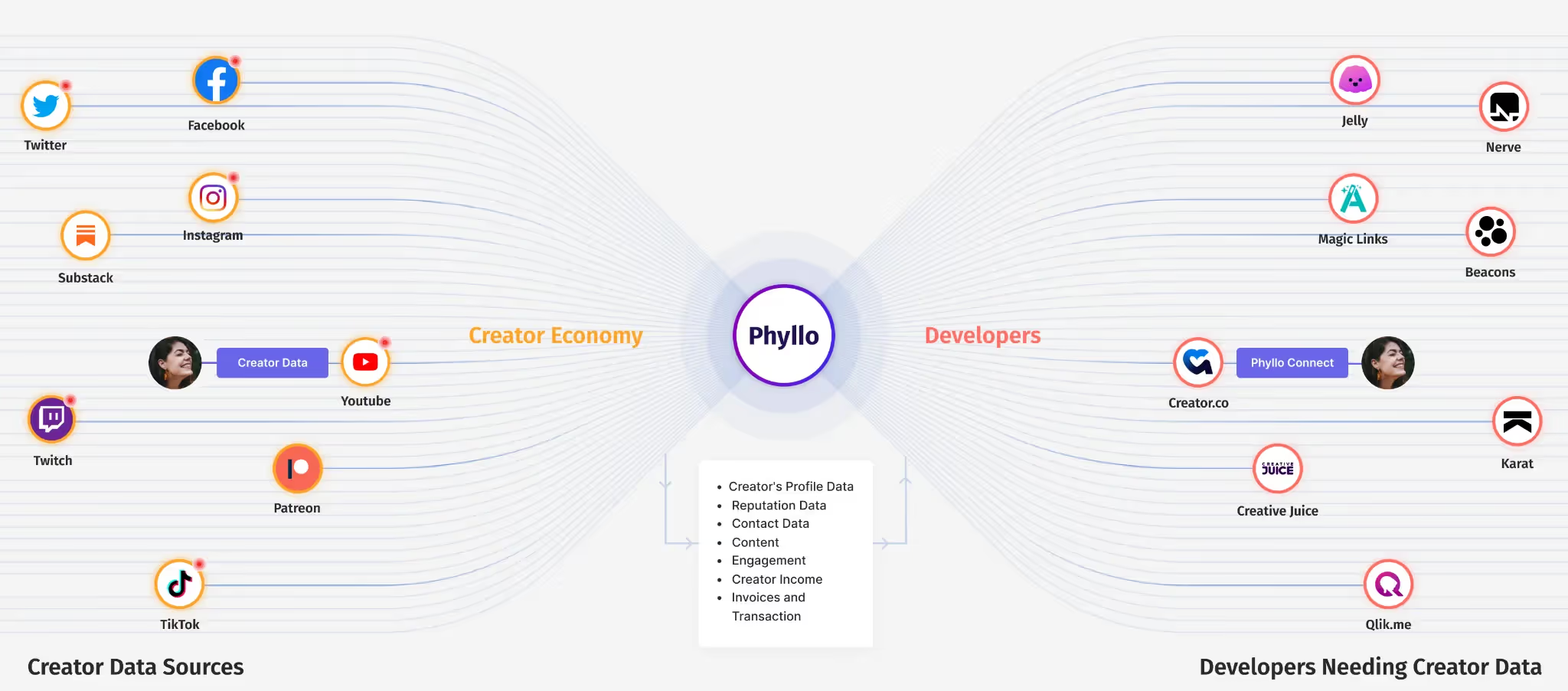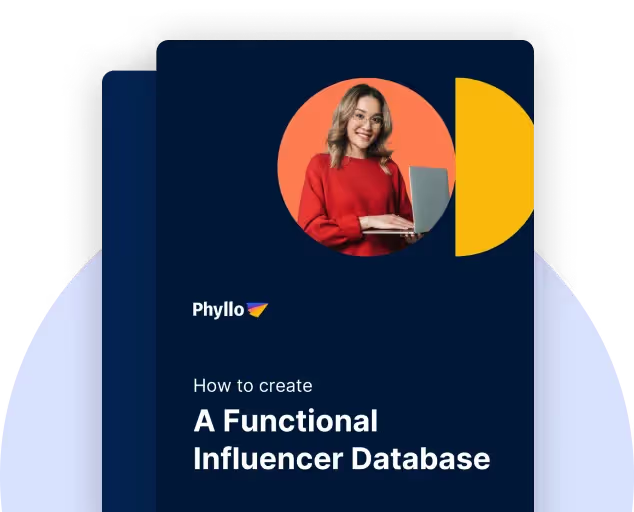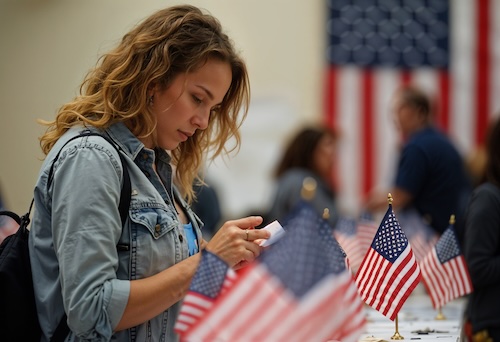In an era where traditional marketing has given way to digital advertising approaches, businesses have turned toward social media influencers with a relatable audience base. The influencer marketing industry is estimated to reach $24.1 billion in valuation by 2025.
Today, brands make five times more than what they spend on influencers.
However, the first challenge is finding the right influencer that fits one’s business and budget.
With the rise in influencer marketing, customers are getting irritated and increasingly tired of seeing sponsored posts popping out on their feeds. It is known as influencer fatigue.
To combat this, brands are now working with micro-influencers having niche social followings of 10K - 100K.
As per Forbes research, it was found that micro-influencers will play a major role in B2B advertising, as they have a higher engagement rate in their post leading to higher conversions. By 2021, micro-influencers had captured over 91% of the market share. They have a 3.86% engagement rate compared to macro-influencers, with 1.2%.
Who are micro-influencers?
%20(2).avif)
People started relating to influencers because they felt like these influencers were one of their own. However, most times, when someone has millions of followers and a jet-setting life, they lose their relatability to the common mass.
Micro-influencers typically have only 10,000-100,000 followers. Due to the small follower base, they build niche communities.
Micro-influencers are often seen as more authentic and relatable by the audience, allowing them to engage more. These creators also prefer quality over quantity. Micro-influencers have a greater online presence than ordinary social media users but far less than macro or celebrity influencers, but they have unbelievable advantages.
Therefore, businesses partnering with micro-influencers are privy to a creator already sharing relevant content and having a similar target audience.
Some leading micro-influencers are Amanda Blakely, Kim Watson, Karla Cristina, Madeline Fricke, Caroll Salazar, and many others.
Benefits of using micro-influencers
1. They are high on authenticity
Most micro-influencers you come across have built an audience for their niche from scratch, giving them a genuine appeal. Additionally, they can retain followers, which means they can hook the audience with their content even with a few thousand followers, thereby helping increase your brand visibility.
2. They have a higher engagement rate on their content

Micro-influencers have a higher engagement rate for their content, and brands can take advantage of it. Almost every campaign objective is to boost the engagement rate.
Micro-influencers can help you achieve them by involving their audience in the campaign by responding to comments, hosting Q&A segments, and anything engaging. With far lesser comments and DMs, these influencers individually reply to each interaction, helping turn their followers into loyalists over whom they have far better control.
3. They positively affect conversion rates
When these influencers say something about a brand, they are heard by the reliable audience base they created. Their opinion plays an essential role in the decision-making processes of the followers, which in turn can positively impact the conversion rates.
4. They don't make brands go bankrupt
Do you know how much Charlie D'Amelio charges per post? As per some estimates, it is a minimum of $100,000! Unless you are a big-name brand, it's impossible to shell out such a huge paycheck.
If you calculate the average cost from micro Influencer stats, they usually charge between $100-$500 per Instagram post. They don't cut a hole in your pocket, but the results are always high.
5. More audiences rely on them
%20(1000%20%C3%97%20800px).avif)
Micro-influencers don't have shiny posts like celebrity influencers but have expertise in a niche, making them trustable to the audience. They curate reliable content that relates to your brand and attracts audience attention.
6. They don't play hard to get
Micro-influencers have fewer followers and less popularity. You can connect with them quickly, create strong bonds, and manage the marketing strategy effectively. Plus, they work hard to produce the best contents that engage the audience, builds reputation, and does not mess around.
Brands leveraging micro-influencers in 2023
Some popular brands using micro-influencers in 2023 are -
1. La Croix
Category - Beverages
Platform - Instagram
The brand collaborated with the Whole30 nutrition program and micro-influencers with fewer than 1000 followers. La Croix encourages followers to use hashtags like #LaCroixlove and #LiveLaCroix.
2. Asos
Category - Fashion
Platform - Instagram, YouTube, Pinterest
The ASOS Insiders influencer program brought in 3.2 billion dollars in revenue. The brand picks up fashion and beauty experts to promote its clothes, accessories, and beauty products. Asos asks their followers to share posts with the hashtag #ASSEENONME.
3. Banana Republic
Category - Fashion
Platform - Instagram
The brand collaborated with Instagram fashion and lifestyle micro-influencers. Together they ran 13 campaigns and reached 43.2 million consumers. The common hashtags used to share The Banana Republic posts are #itsbanana, #brmovesyou, #brmakeitmatter, $brholiday.
4. Sephora
Category - Beauty
Platform - Instagram
Sephora gives access to micro-influencers to new products for testing and reviewing on social media. The marketing campaigns constantly engage larger audiences, and the biggest social media campaign on Instagram was under the hashtag $SephoraSquad.
5. Nike
Category - Fitness Apparel, Footwear, and Accessories
Platform - Instagram, Affiliate
Nike collaborates with micro-influencers. Any influencer joining the Nike affiliate program can earn up to 11% on any legitimate sales they can bring in.
Importance of micro-influencers: Why are micro-influencers better than mega and macro-influencers
Initially, brands were looking for mega or celebrity influencers for branding, as the focus was the number of followers.
Now the concern is delivering brand messages to the right audience and increasing engagement rate, and micro-influencers have taken the spotlight here.
90% of marketing professionals say they prefer collaborating with micro-influencers, and one crucial micro-influencer stat that's swaying marketers is the cost. These creators charge anywhere between $100-500 per post, and with a significantly better engagement rate, the ROI is much higher. The conversion rate for a post by a micro-creator is more than 20%, which is 7% more than the industry average.
Celebrity influencers can potentially increase your brand presence and get the vanity numbers flying, but the actual impact on sales is often dicey.
Micro-influencers share an intimate connection with their followers, which means they can better promote the brand to new audiences. Therefore, before you hire influencers, you must understand the goal of your campaign, your target audience, your brand message, and how an influencer can help meet your goals.
Going bigger is not always better, but a small, focused strategy can be helpful to brands.
Now the question is how are micro-influencers better than mega and macro influencers?

How Phyllo helps

Phyllo helps brand-discovered creators get continuous access to 100% authentic and updated created data. We ensure the following -
- Instant influencer onboarding from multiple social platforms without manual interventions
- Target the right influencers by easily categorizing creators for brand collaborations and affiliate marketing
- Accurately measure the return on investment, and verify your campaign's engagement and success rate across multiple platforms
Wrapping up!
Micro-influencers can have an influential role in your digital marketing strategy. However, you must identify the right partners to share your story authentically, create effective product and service reviews, and generate high-quality leads.
FAQs
1. What is the advantage of a micro-influencer?
The notable advantages of micro-influencers are high engagement levels and better marketing performance metrics.
2. Why are micro-influencers better than macro?
Brands working with micro-influencers get better engagement rates as they have selected followers targeting a niche market.
3. How do influencers impact the world?
Influencers significantly impact the purchase decisions of consumers of different ages following them. It is an effective way for brands to reach millennial and Gen Z audiences.


.avif)







